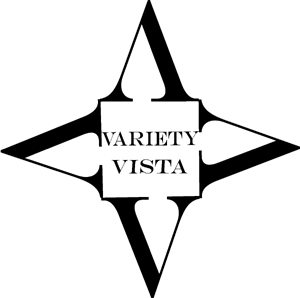
Doubled Dies:
The Die Making Process
The Design Process
Sculptors and engravers are employed by the mint to design coins and medals and to sculpt and engrave other designs into workable subjects for coining. These highly trained specialists take a design from a drawing, painting, or other two-dimensional object and transform the design onto a plaster model (approximately 15� diameter) that is eventually transferred to a coin or medal. The designs are always in relief, or positive, just as they appear on the finished coin. This plaster sculpture, after slight changes and improvements, is coated with epoxy resins that act as a preservative and a hardener. The epoxy-coated plaster sculpture is then called a �galvano� and is forwarded to the die-making area of the mint.
The Die-Making Process
Since the galvano is usually many times larger than the actual coin to be produced, the design must be reduced. To accomplish this, the galvano is placed onto a Janvier Transfer Reducing Machine. This machine traces the design from the galvano and, using the principle of the fulcrum, carves the design onto the end of a piece of steel bar that is the actual diameter of the coin to be produced. This is called the �reducing stage� of the die production. This finished piece of steel is called the �master hub.� After the master hub has been produced, it is heated to extreme temperatures, then quenched (cooled) quickly in a vat of oil. This heating and cooling process, called tempering, hardens the steel even further.
The master hub has the design in the same relief configuration as it is on the galvano and as it will appear on the finished coin. The master hub is then placed into a hydraulic hubbing press, opposite a piece of die steel that is about four inches long. When each is seated into the press, hydraulic force brings the two together, transferring the image from the master hub onto the end of the die steel. This process produces a master die, with an incuse design (mirror image) of the finished coin.
The above operation, known as hubbing, usually takes several impressions to bring the design to the depth specifications required. After each hubbing, the die is annealed (heated and allowed to slowly cool) so that the steel is softened for the next cycle through the hubbing press. If the die were to receive the image deep enough in the first hubbing, stress on the die steel would result and would likely create cracks, or at best, weaken the die. Strength and durability are stringent requirements. Once the impression is deep enough, the die is tempered to harden the steel.
After the master die is produced, it is then placed into the hubbing press to create a working hub in the same manner. Several working hubs are produced from this one master die. These working hubs then produce working dies, again in the same manner as described above. The working dies are placed into the coining presses to strike coins and medals.
All dies were made in the Philadelphia Mint until 1996 when the Denver Mint began producing dies for itself and the San Francisco facility. However, the design, reduction, and master dies continue to be produced at Philadelphia. Another change that has taken place recently is the addition of the mintmark at the master die stage. Until 1985, all mintmarks were hand-punched on individual dies as needed. In 1985, the mintmark was added to the master die for all proof coinage. In the following year, the mintmark for all proof coinage was added directly to the original plaster sculpture. In 1990, the mintmarks for the cent (cent business strikes from Philadelphia do not have a mintmark) and nickel were added at the master die stage, and in the following year the dime, quarter, and half joined them. Consequently, the repunched mintmark has been eliminated. The mintmarks are transferred from the master die to the working hubs and from the working hubs to the working dies as a part of the hubbing process.
Remember that the plaster sculpting, the galvano, the master hubs, and the working hubs have the design in relief, or positive, just as it appears on the finished coin. Master dies and working dies have the design incuse, or negative, which is a mirror image of the finished coin.
| Home |
Introduction |
Design Changes |
Mintmark Styles |
Doubled Dies |
Mintmark Varieties |
RPDs and MPDs |
Die Errors |
| About CONECA |
About the Author |
Copyright James Wiles, 2011
Email: [email protected]
1490 Trail View Lane
Frisco, TX 75034-2649